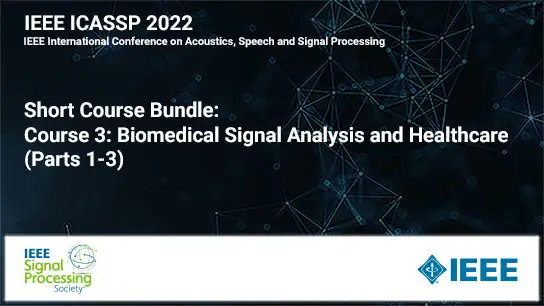Short Course: Signal Processing and Learning from Network Data (Part 3 of 3)
Marcelo Fiori, Fernando Gama, Federico Larroca, Gonzalo Mateos
Short Course
26 May 2022
Coping with the challenges found at the intersection of Network Science and Big Data necessitates fundamental breakthroughs in modeling, identification, and controllability of distributed network processes ?? often conceptualized as information associated with or signals defined on graphs. For instance, graph-supported signals can model vehicle congestion levels over road networks, economic activity observed over a network of production flows between industrial sectors, infectious states of individuals susceptible to an epidemic disease spreading on a social network, brain activity signals supported on brain connectivity networks, and fake news that diffuse on online social networks. There is an evident mismatch between our scientific understanding of signals defined over regular domains (time or space) and graph-supported signals. Knowledge about time series was developed over the course of decades and boosted by real needs in areas such as communications, speech, and control. On the contrary, the prevalence of network-related signal processing problems and the access to quality network data are recent events. Making sense of large-scale datasets from a network-centric perspective will constitute a crucial step to obtain new insights in various areas in science and engineering; and signal processing can play a key role to that end. Machine learning, in particular, can significantly benefit from graph-based representations, as they are instrumental to unveil inner data structures that can properly guide e.g., semi-supervised learning algorithms. In this context, the technical focus of this short course is on fundamentals and algorithmic advances for learning from network (i.e., graph) data. Topics covered go all the way from learning graph representations of complex signals, to graph signal processing fundamentals, statistical models for network data, and learning efficient signal representations via state-of-the-art Graph Neural Network architectures. To better illustrate the concepts taught, a diverse gamut of application domains will be considered, including communication, social, brain, and power networks, multi-agent systems, and artificial intelligence.




